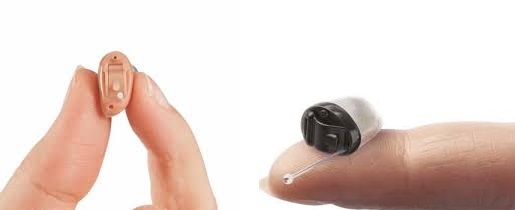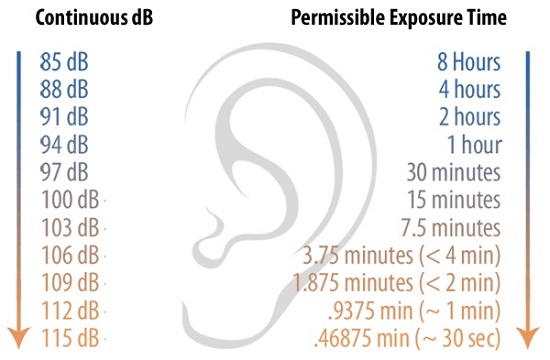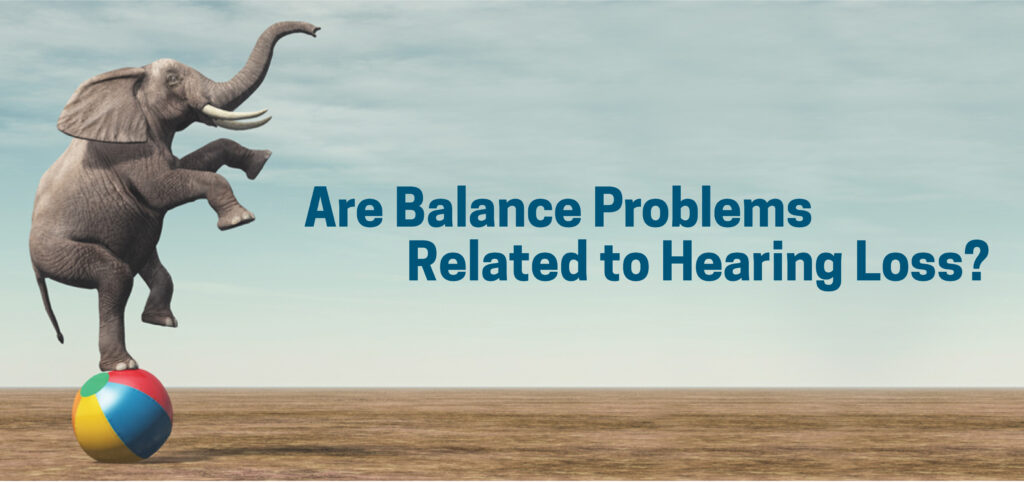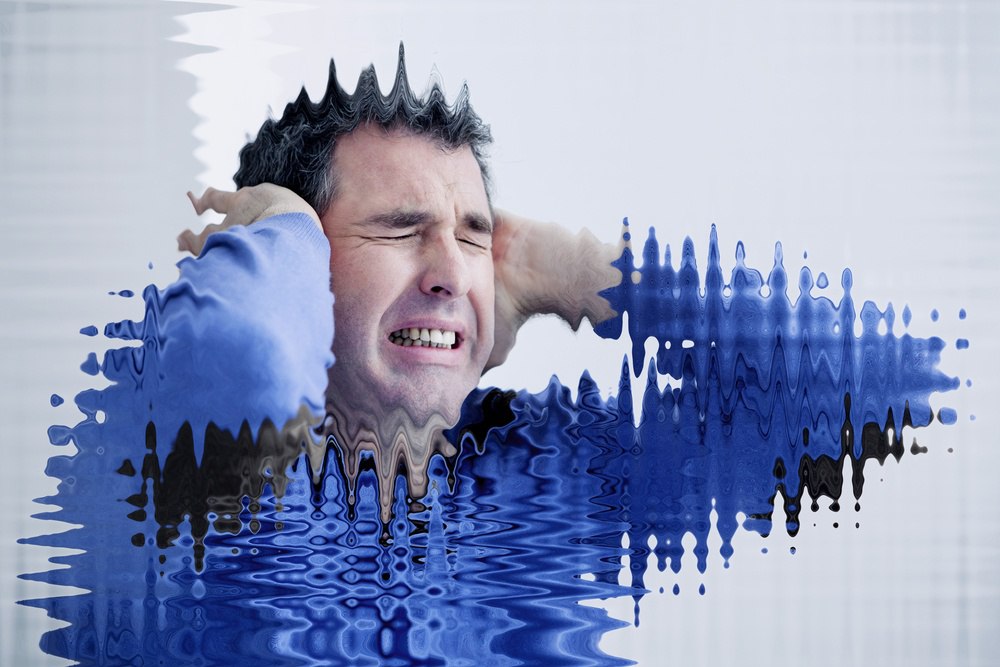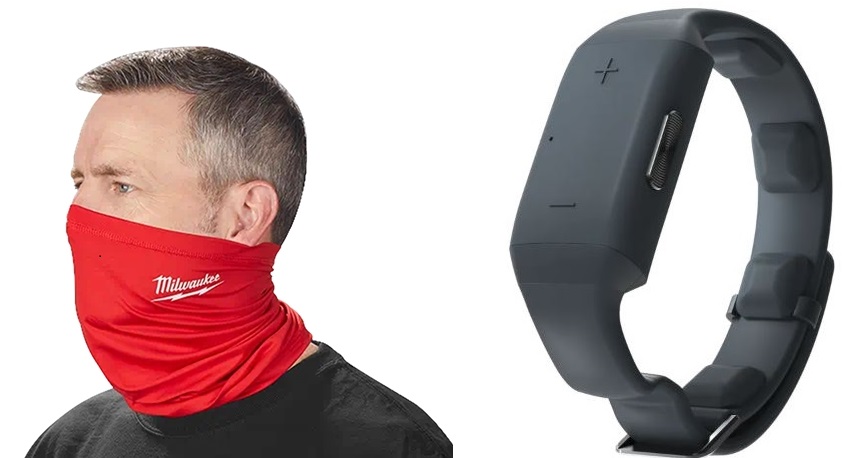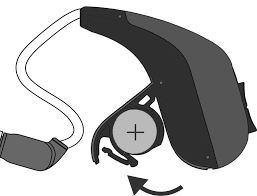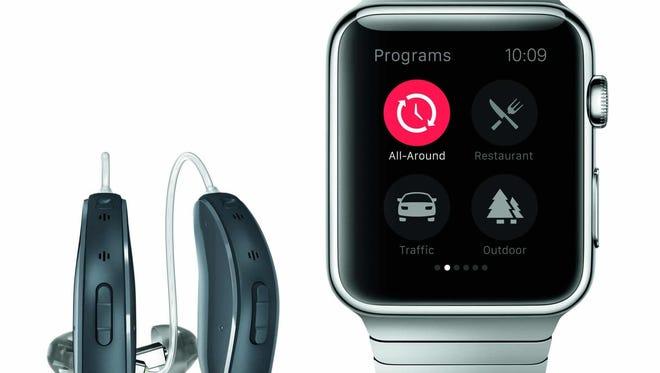
The technology in hearing aids continues to develop, enabling them to offer their wearers additional functions beyond sound amplification. Hearing aids maker Widex has upgraded its MOMENT family of hearing aids to offer streaming music, calls, and other content from Android smartphones (Android Audio Streaming for Hearing Aids (ASHA). (This should not be mistaken for the American Speech-Language-Hearing Association.) In an unrelated development, Apple Inc. is exploring possibilities to add health-related functions such as enhancing hearing, reading body temperature, and monitoring posture to its AirPods. Unfortunately, ill-meaning people could use the technology for evil ends, including haunting the wearers. Unrelated to Android and Apple, we ourselves had a scary experience: We were wearing our hearing aids and they were working fine when they started saying “Check Partner”, but when we checked both of the hearing aids they were in place just fine. Then we started hearing a couple of voicemails loud enough for us to understand.
Since 2020, Apple included Headphone Accommodations in the new iOS releases; the sound picked up by these microphones is amplified with both frequency-dependency gain and compression, giving App AirPods Pro hearing aid-like capability.

